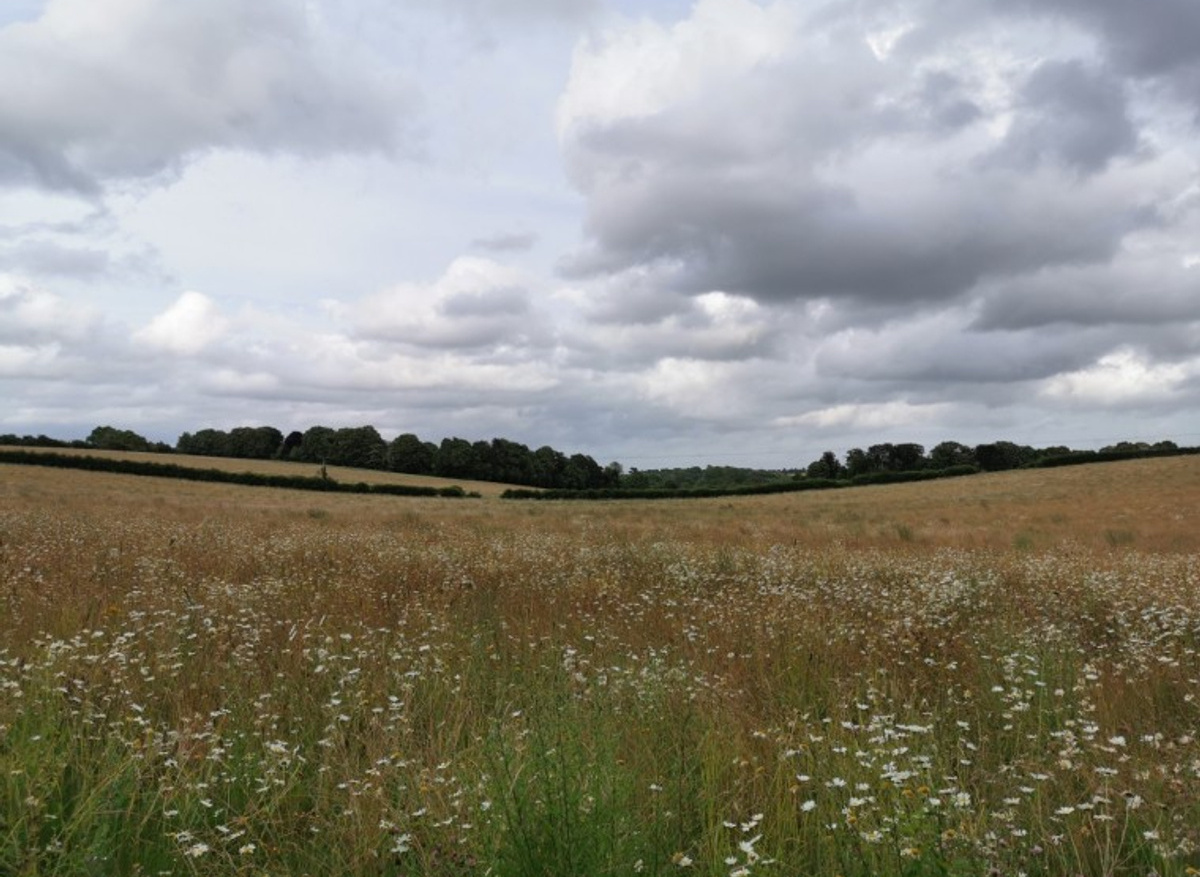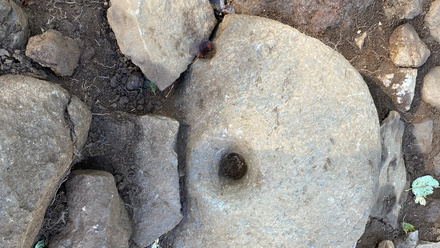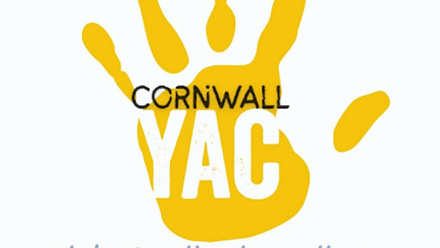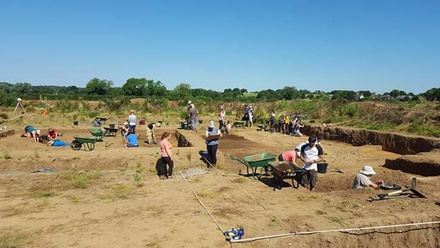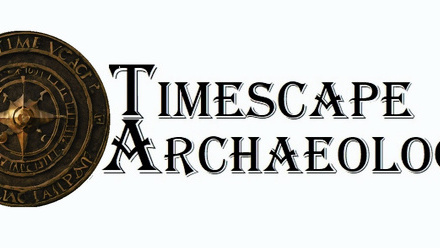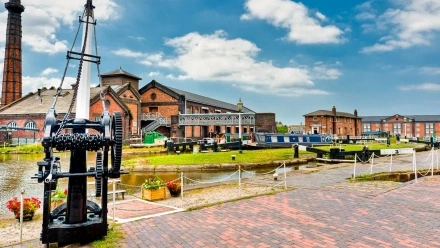I’m an archaeobotanist, that is, I study ancient plant remains recovered form archaeological sites. I’m currently working on the last stages of a research project called Biodiversity and Land-Use Change in the British Isles (https://www.plymouth.ac.uk/research/centre-for-research-in-environment-and-society-ceres/biodiversity-and-human-land-use-change-in-the-british-isles). The team and I are trying to identify changes in agricultural practices through time - from the start of farming in Britain at around 4000 BC, to the Roman period – and whether these practices had effects on the natural vegetation and biodiversity. This stage of research is all about data, number crunching and statistical analyses. It’s all about colourful maps and impressive graphs, but most of all it’s about asking the right questions. You can’t ask whether orchards were cultivated in the Iron Age if you only collected data on cereal grains!
Most archaeological research projects start with data collection. I’ve been on some great excavations, in the UK and abroad, some of them as a helper and others as a member of the research team. Either way, it all begins with data collection. How and what we decide to record and recover makes all the difference to our understanding of the past. Context is probably the most important detail – a skeleton from a carefully dug grave provides a very different story to one slumped into a pit. Preservation is also key because it can provide clues about why certain objects or materials might be missing. When settlements on acidic soils contain no animal bones it is not because their inhabitants were vegetarian but simply because the soil chemistry has destroyed them all. Similarly, waterlogged sites, like Must Farm, can reveal enormous quantities of beautiful, delicate organic objects, giving us rare insights into the daily lives of ancient communities. The woven fabrics, wooden objects, and preserved leaves and flowers were probably present at other dry sites but have not preserved – as my undergraduate tutor would remind me: absence of evidence is not evidence for absence.
Data are not temporal. They can be questioned again and again, combined with other datasets and analysed within new frameworks or through new techniques. The Biodiversity project uses data amassed by different, disparate projects, and combines them in a new way to reveal fresh details about the past. This is why recording of archaeological materials has to be done carefully and methodically, and not just of the materials themselves, but also on how they were found, recovered and analysed. Only then can we be sure that our data are providing correct information about the past, instead of leading us into fanciful stories. We are discovering that agriculture wasn’t always bad for healthy levels of biodiversity, and that modern practices could learn from ancient communities on how to farm more sustainably. Britain has such a rich archaeological record with so many stories to tell. Those we chose to translate, from data into words, are only limited by the questions we can ask.
My name is Anne de Vareilles. I did my undergraduate degree and doctorate at UCL, London, and specialised in archaeobotany. I've worked on charred, waterlogged and mineralised plant remains from the UK, the Balkans, India and China - so I've seen a lot of ancient crops. Plant remains don't just inform on ancient diets and agriculture. Before plastic was invented many more household objects were made from plants, including a lot of textiles. I'm really interested in the development of agriculture and how it has shaped the way we live today. I believe we still have a lot to learn from the past, including concepts that could help us manage the food security and climate deterioration issues we currently face.
Contact details
Anne de Vareilles
University of Plymouth

